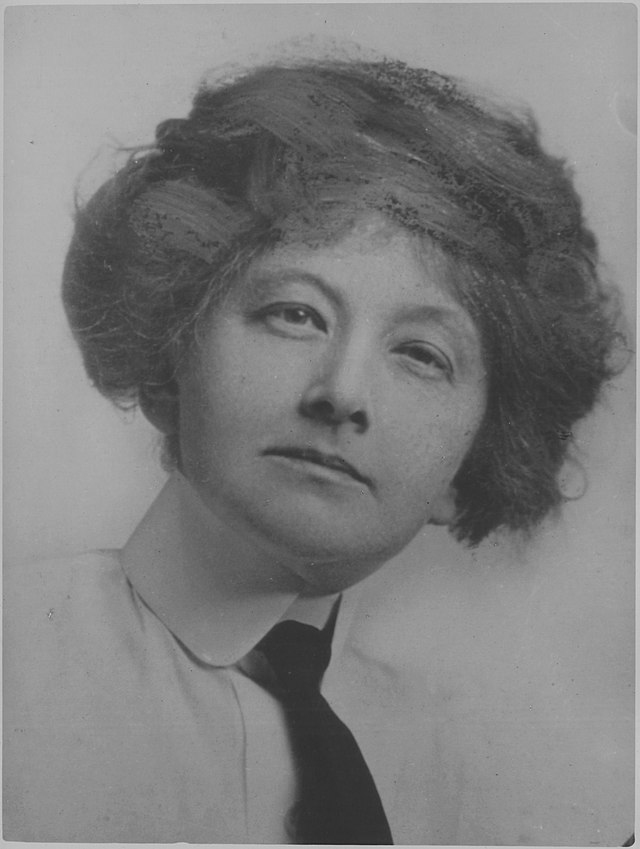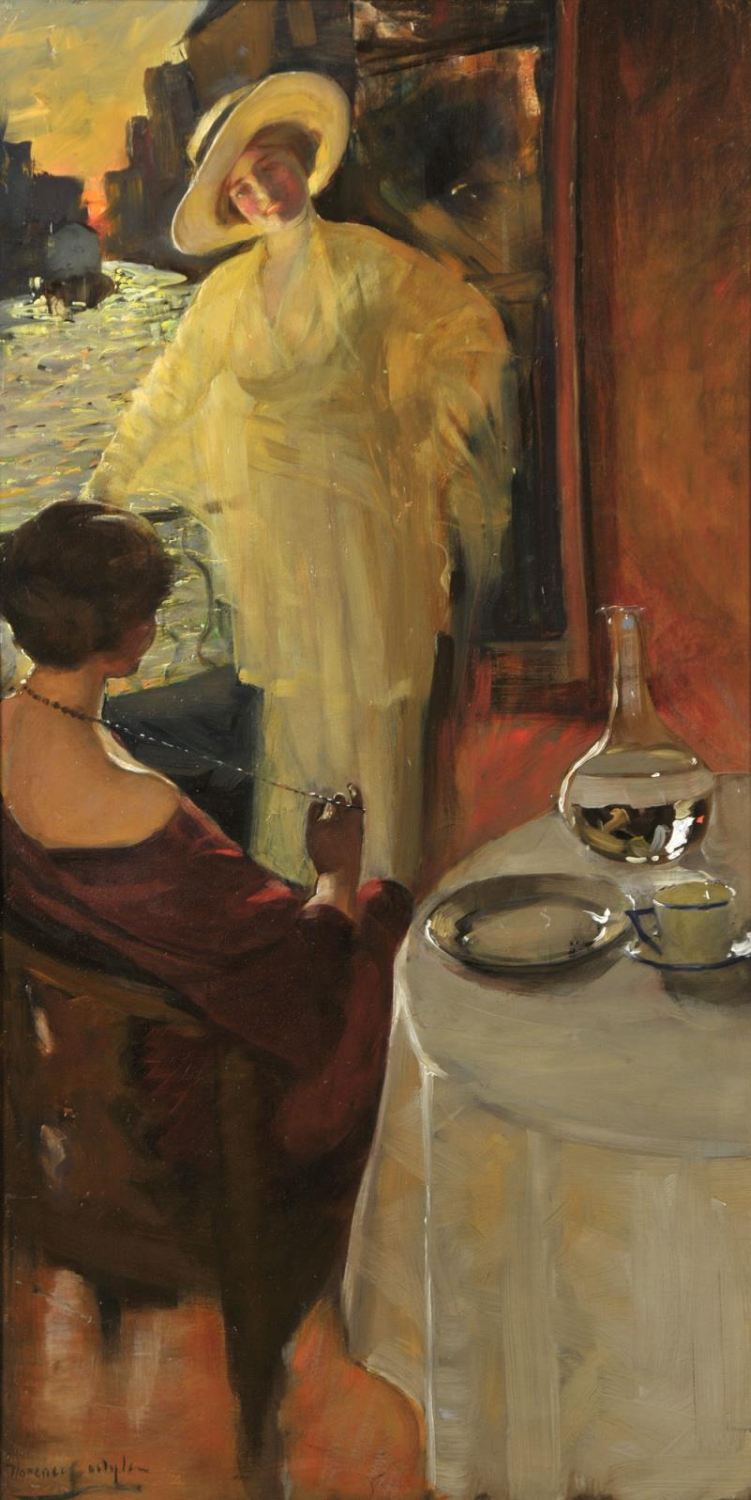Exploring Florence Carlyle's Relationship With Juliet Hastings
Exploring Florence Carlyle's Relationship With Juliet Hastings
By Megan Lockhart, Archives Technician, Oxford County Archives
Florence Carlyle was born in 1864 in Galt, Ontario. As a young girl, Florence moved to Woodstock with her family where she developed an interest in art at school. Wanting to encourage her daughter to develop her talent and explore her interests further, her mother began organizing art classes in Woodstock and even established an art studio at 369 Simcoe Street. In 1883, Florence had her artwork on display at the Ladies Department of the Toronto Industrial Exhibition (now the Canadian National Exhibition better known as the CNE). It was there that she gained recognition for her talent internationally when the Duke and Duchess of Argyll, from the United Kingdom, purchased one of her pieces.

Portrait of Florence Carlyle. Source: Wikimedia Commons, Archives of Ontario (I0007832)
In later years, Florence studied art in Paris, France, under the tutelage of internationally acclaimed Canadian artist Paul Peel. Despite her recognized talent, she struggled to find an academy in Paris that accepted women. She eventually attended the Académie Delécluse which strongly supported female artists and provided more space for female students than male students. Florence finished her studies at the prestigious Académie Julian. She was granted permission to exhibit a painting at the Paris Salon (the official art exhibition of the Académie des Beaux-Arts) in 1893, a dream for many artists. In 1896 she returned to Woodstock where she set up her own studio, another in London, Ontario, and eventually one in New York City. A year later she became the first woman to be elected an Associate at the Royal Canadian Academy of Arts.
It has been speculated by historians that Florence was part of the LGBTQ+ community. She never married during a time when it was expected of most women, and hints of intimate relationships with other women have been found in letters written by Florence to her relatives. It has been theorized that Florence’s long-term roommate and travel companion, Juliet Hastings, was her romantic partner. Florence met Juliet in England in 1911. Juliet was considered a “spinster” at the time, as she was also unmarried herself at the age of 35. She had been living with family before meeting Florence. In 1912, Juliet travelled with Florence to Woodstock, Ontario, likely to visit Florence’s family. By 1913, the pair had settled together in England after travelling throughout Europe and were lifelong companions thereafter. Juliet also acted as Florence’s model for many of her paintings. One work painted by Carlyle, titled “The Guest, Venice”, features her and Juliet spending time together in Venice, Italy.


Image courtesy of the Woodstock Art Gallery. “The Guest, Venice” by Florence Carlyle, 1913.
Out of curiosity I decided to delve a bit further into Florence’s personal letters written to her brother Russell, nicknamed Russ, and her sister-in-law Henrietta Blanche Hunter. The Woodstock Art Gallery graciously provided me with access to their archival records related to Florence Carlyle. Upon reading the letters it was clear to me that it was open knowledge in the family, or at least it was known to Florence’s brother and his wife, that she was living with Juliet in her cottage in Uckfield, Sussex, England. Florence makes mention of Juliet in almost every letter she wrote.
In one letter written to Russell, Florence describes her relationship with Juliet, stating that they were “clinging together through thick and thin” and the pair had plans to spend winter in Canada. In another letter, Florence calls her “blessed Juliet”, who she says was always keeping an eye on her. Florence then goes on to say that she “is a very fortunate woman” to have Juliet as her companion. This is just my personal interpretation but, based on the language used, Florence appears to be gushing over her as one would expect of a romantic or life partner. From the content in the letters, it is very clear that the pair were inseparable and had an intimate connection that went beyond just living as platonic roommates. It is interesting to note how open Florence was about her relationship with and affection for Juliet in her letters to her brother, the blissful domesticity of their life together is expressed frequently in subtle language.
In the years leading up to her death, Florence wrote to her brother about being ill, losing her teeth, having surgery, and how Juliet was “always underfoot” taking care of her, and took the “management of everything off [her] shoulders”. Florence passed away in 1923 in England. Many of her works are now part of the collection at the Woodstock Art Gallery. For more information, visit their website.
Thank you to the Woodstock Art Gallery for providing additional biographical information which assisted me greatly in my research.
